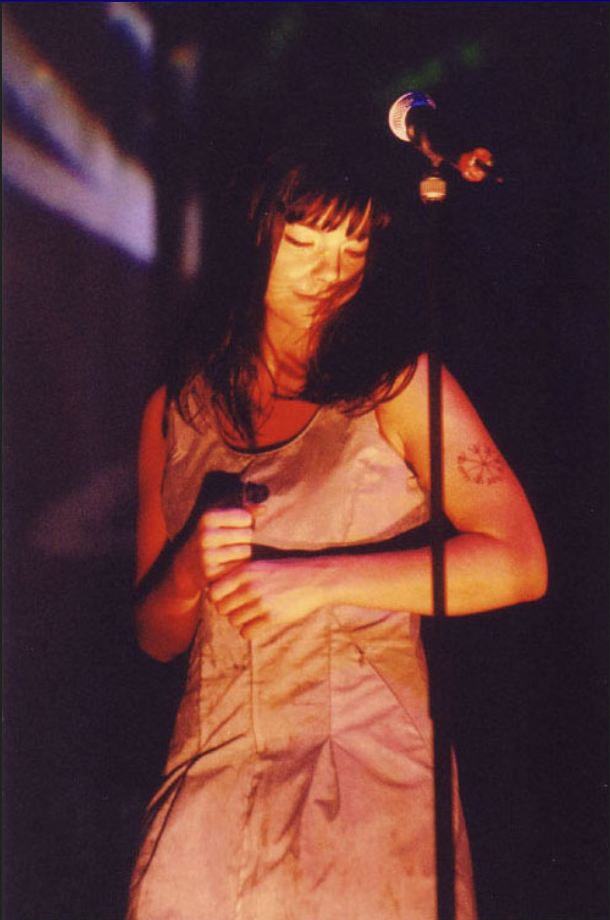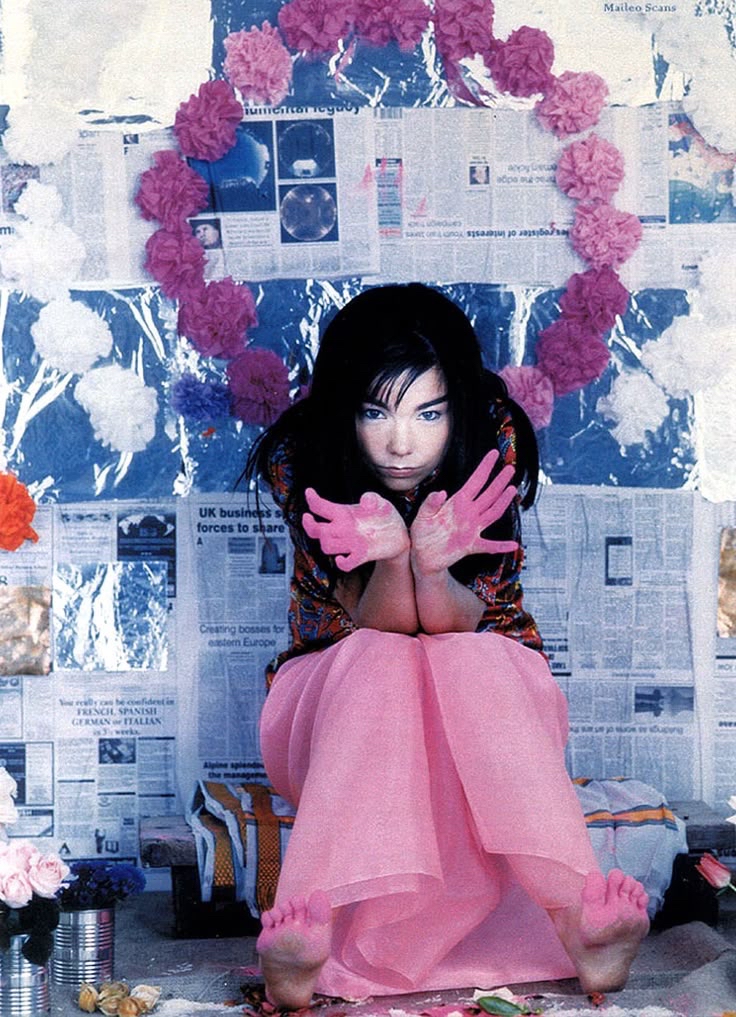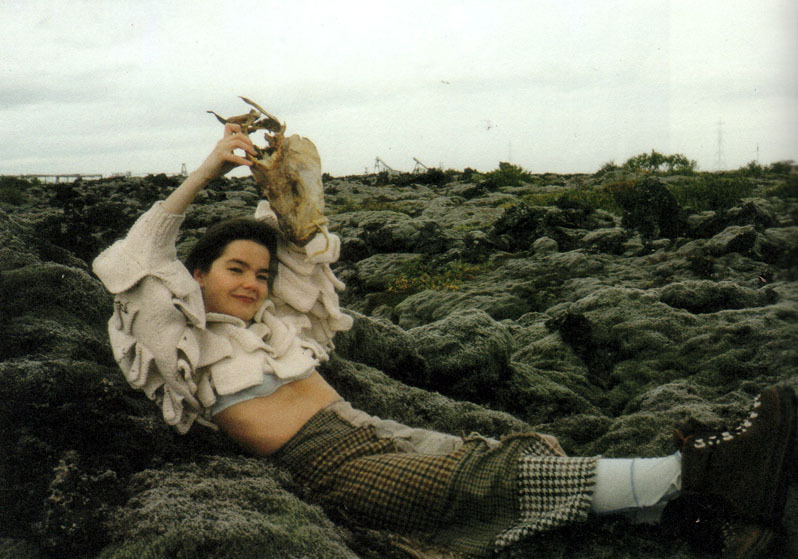🇮🇸 Björk: A symbol of Iceland’s magic
By Eleanor Sherry
PLU Student Intern

Have you heard of Björk (pronounced pjœr̥k, or byedk)? She is Iceland’s most famous voice, and instantly recognizable, even if you’ve never knowingly listened. She cuts through the noise, asking to be heard. Her career has taken many shapes and taken her many places, but she has always been exactly herself, even when what that looks like changes. She has collaborated with a wide variety of artists, letting their disciplines shape her own. She has done music resembling punk, jazz, noise, acapella, and mostly, not quite any of those things, shaping a sound entirely unique to her circumstances and journey.
She had always been a singer, and enrolled in music school at 6. She become famous after her singing got shown on the only Icelandic radio station at the time, and in 1977, she released her self-titled first album at only 11 years old. She was just getting started, and it got unfavorable reviews. As she grew up, she formed her own girls-only punk band, called Spit and Snot. She also was in a jazz fusion band, and then was featured in a documentary about the growing alternative music scene in Iceland, called Rokk í Reykjavík, considered one of the most important Icelandic documentaries ever made.
Her career skyrocketed as she kept forming new groups, and changing her sound. She performed all over the world with her band The Sugarcubes, then moved to London to find a sound that would suit her first real solo project. She met producer Nellee Hooper, who reaffirmed her love for house music and electronic production in general. Her first album, Debut, was a triumph, even if it sounds a little rough around the edges by modern production standards. It is intensely and unapologetically idiomatic of the 90’s. It features danceable, yet strangely sophisticated and surprising songs, along with quiet and introspective compositions and covers that only could come from an imagination like hers. It was the first album by her I ever listened to cover to cover, and I was… not immediately smitten. It confused me. Why was one of the songs presented live, from in the bathroom stalls? It made the song sound objectively worse. I had to look up the “Non-Toilet Version” to hear the song in its original form. The choices she made were above my head. The notes sometimes felt placed next to each other without reason, breaking my expectations of what “should” come next. Her vocals were elemental, not constrained by any semblance of classical technique. The only thing that presented itself to my ears unquestionably was the sheer power of what I was listening to. It sounded like nothing I had ever heard, and that was also true in the 90’s for the vast majority of listeners, too.
“Iceland is amazing for spatial…ness, if there is such a word, because it’s so stark. There’s very few people there, and very few plants, and very few animals. There’s a lot of room for you.” – Björk, 2013

Björk’s music is chiefly inspired by nature, and the sublime beauty of Iceland. Her art is often tied right into her identity as a person from the island, and no song of hers captures this better than Anchor Song:
I live by the ocean
And during the night
I dive into it
Down to the bottom
Underneath all currents
And drop my anchor
This is where I’m staying
This is my home
Those are the only lyrics, but the real magic of the song lies in how stark the production is. The song begins with austere, angular sounding harmony between three saxophones, which is a sharp departure from everything we’ve heard up to this point. They stop playing, then Björk’s voice comes in. It is halting, and long silences accent the rhythm of the words, which are naturalistic in their phrasing, more speech-like than melodic. The saxophones respond to the call of her voice, and bookend the song. It is a very simple ode, but one of my favorites. It is a perfect love letter to the stark beauty of her country, and one that only she could write.
Her career is long and meandering, and far too big to summarize here, but this song is an example of why I love her music so much. Try out an album! I can’t recommend any of them over any other, but Debut is as a good a place to start.



